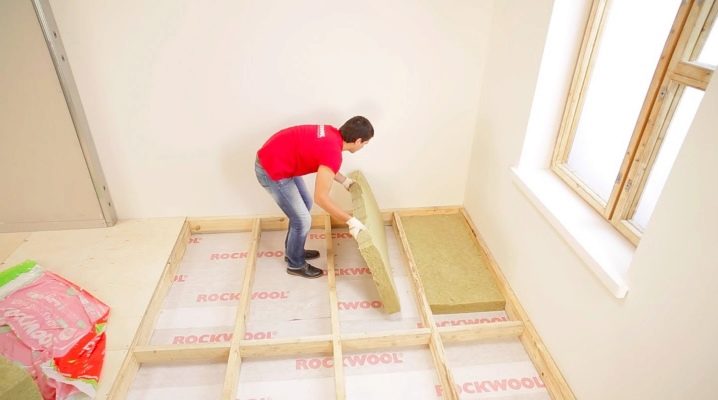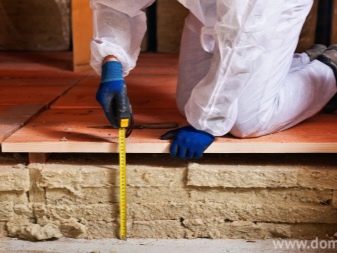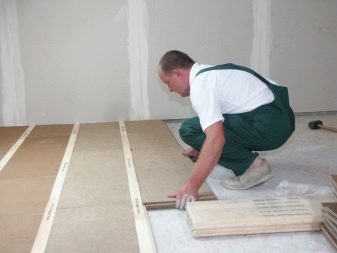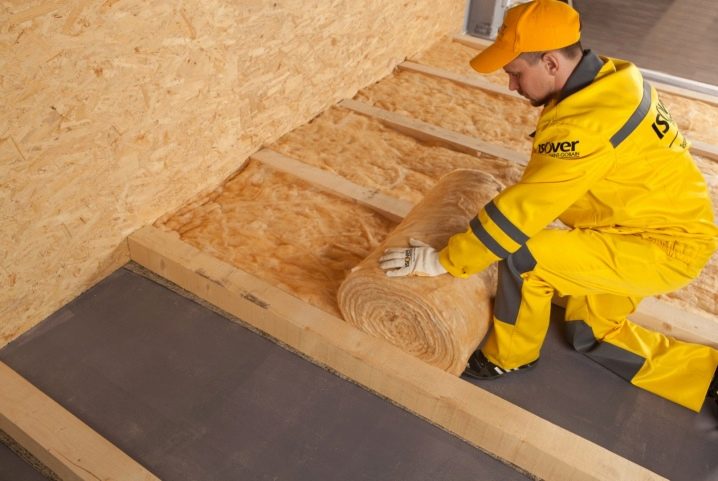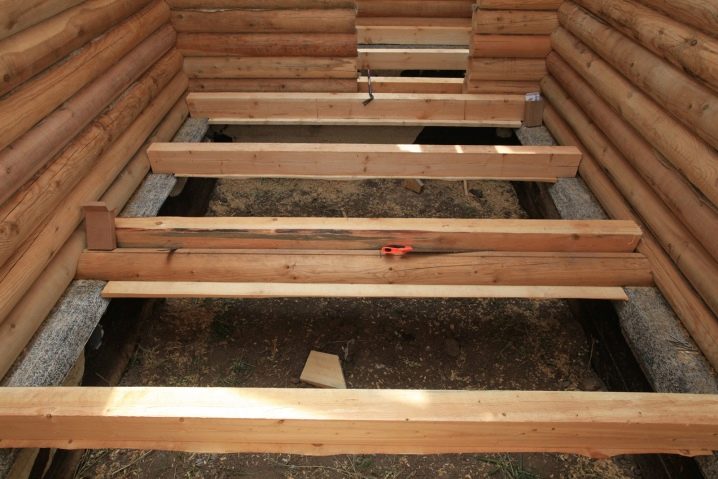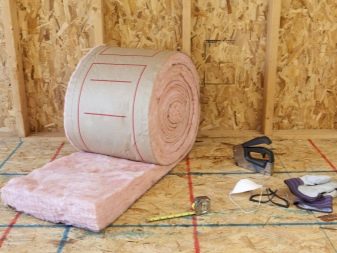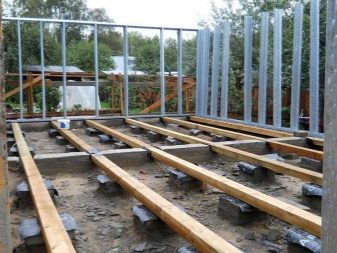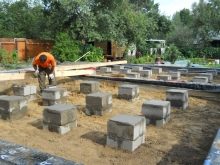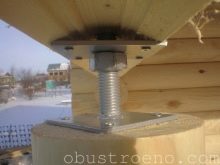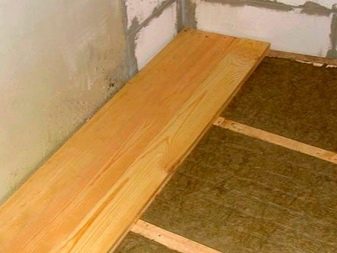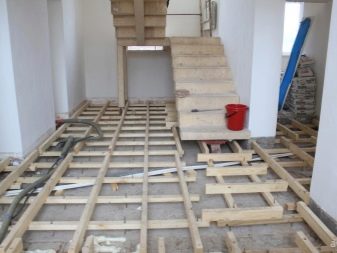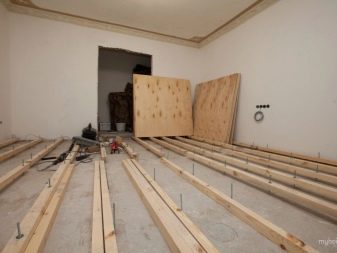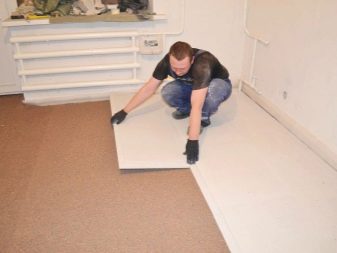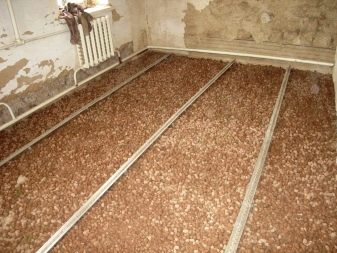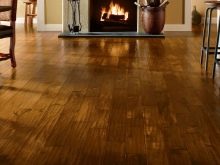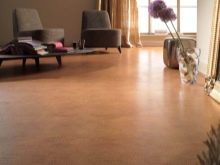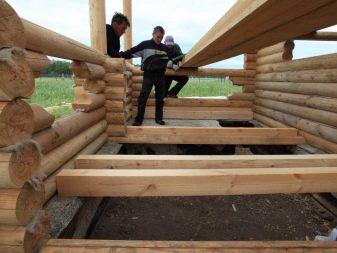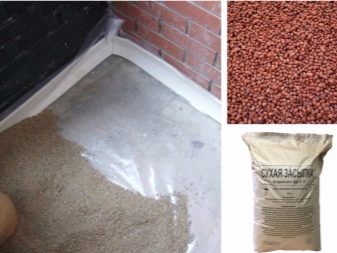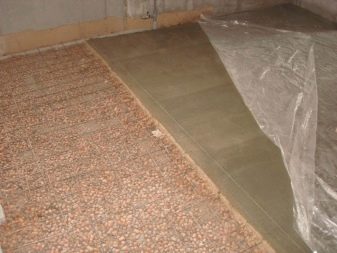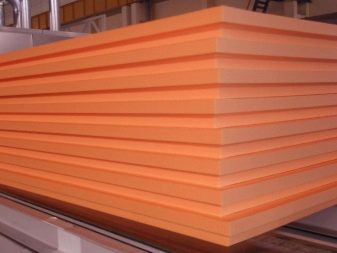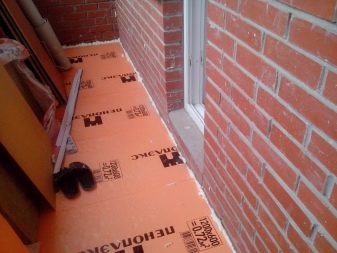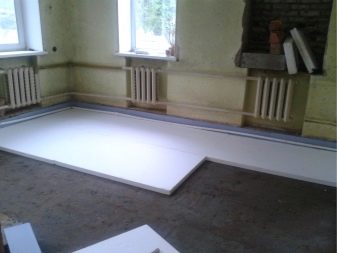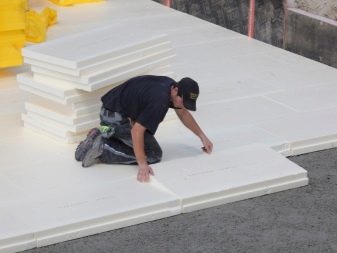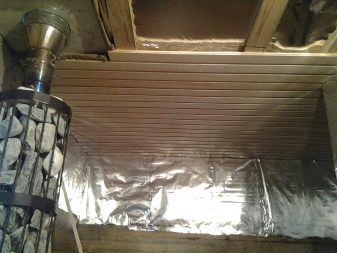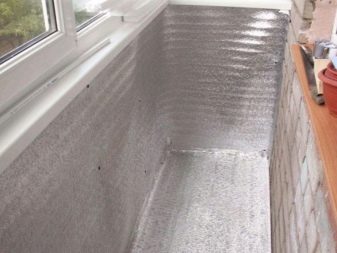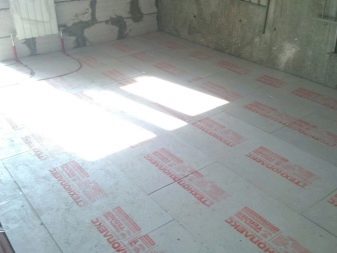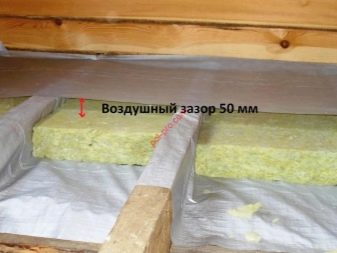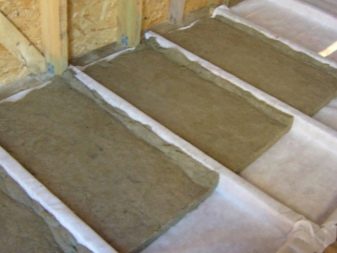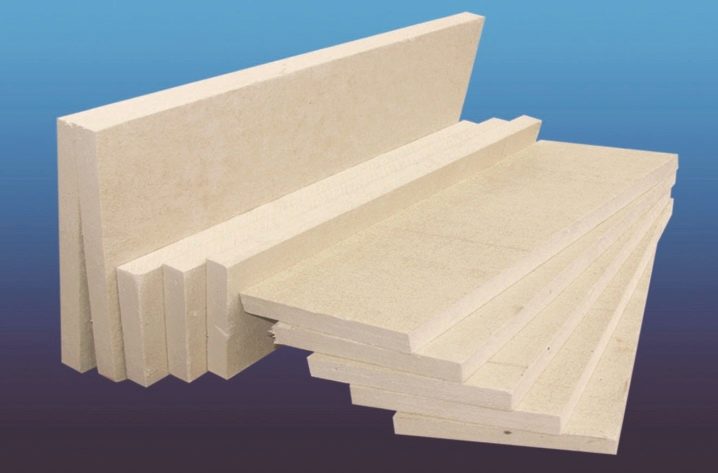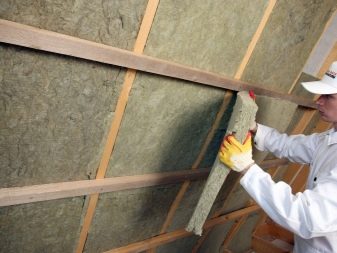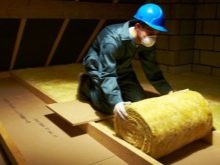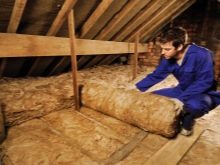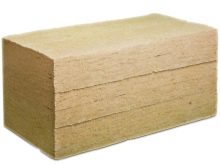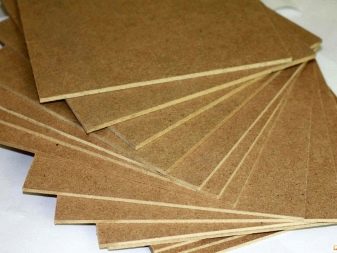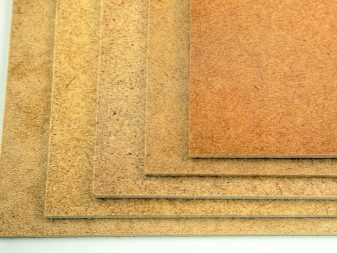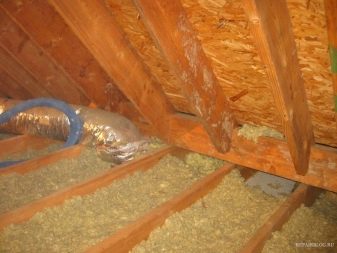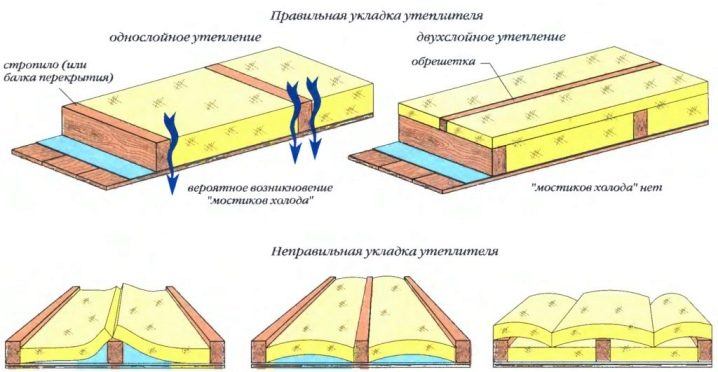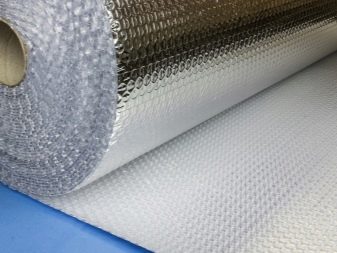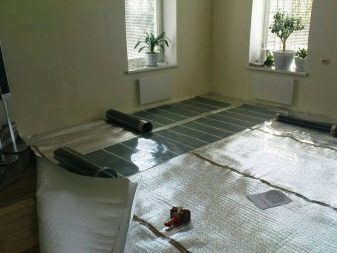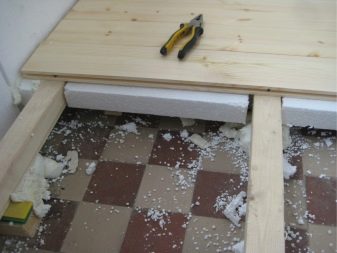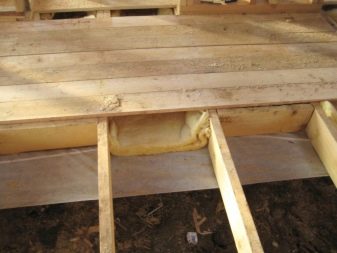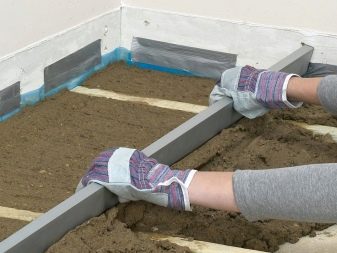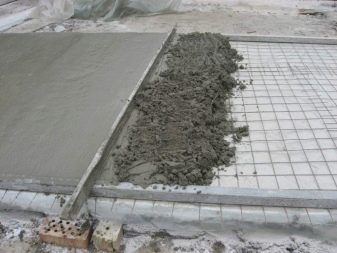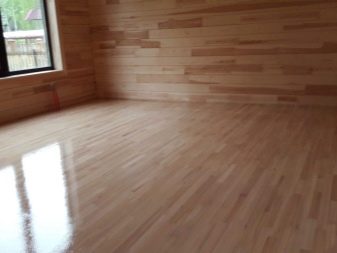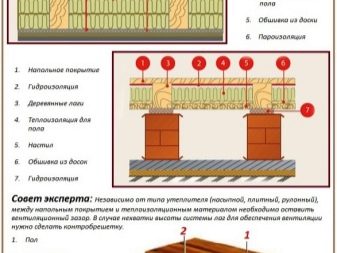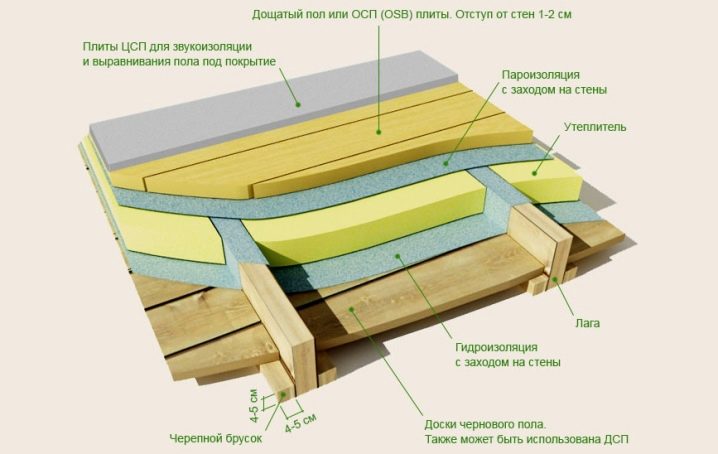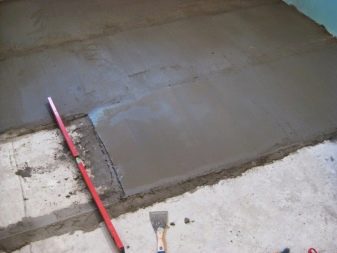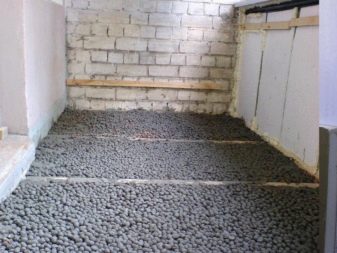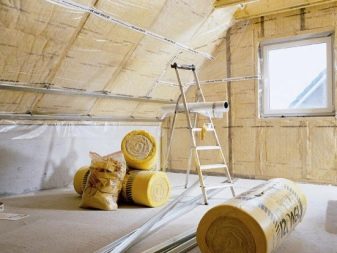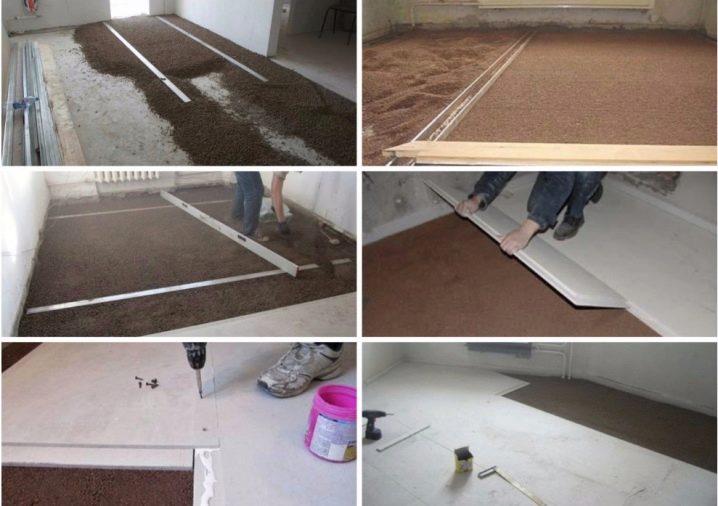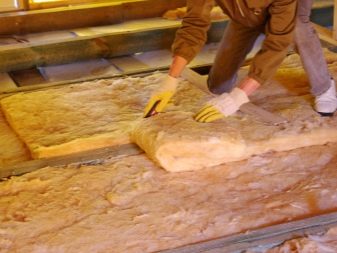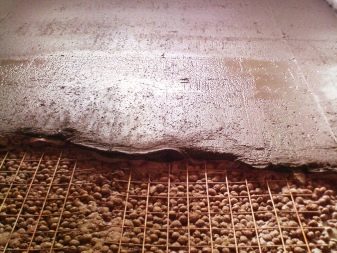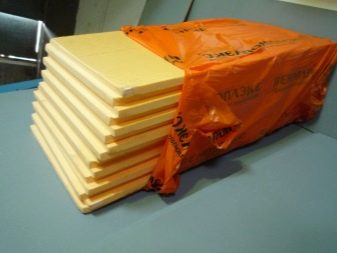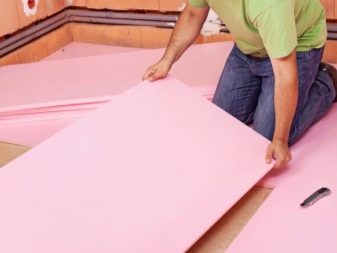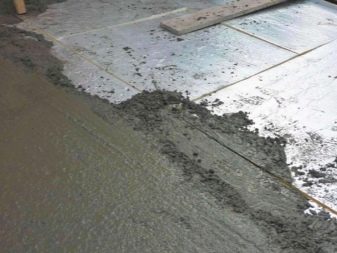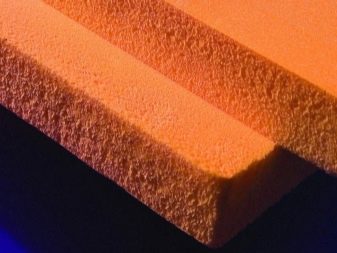Floor insulation in a private house: the subtleties and features of the process
Preserving heat in a residential area is one of the main components of comfort and a healthy lifestyle for the whole family. In this, not the last role is played by floor warming in a private house, which has its own subtleties and features. It is worth paying attention to it in the first place, not postponing work until the onset of cold weather.
Features and benefits
In a private house, unlike in city apartments, there is almost always no central heating, so the task of ensuring heat and dryness inside the premises has to be solved independently. Even in the presence of powerful batteries in the winter it is not possible to maintain a comfortable temperature in the rooms unless reliable insulation is installed under the floor covering.
Sometimes during the construction of a country house after pouring the screed hastily, they make some simple thermal insulation and assemble a fair covering.And then with the onset of cold weather they wonder: why it is cold in the house, you can’t walk barefoot and in general it blows from under the floor. Therefore it is necessary to insulate carefully, knowing all the details of the process, the properties of materials and other construction tricks.
In a high-rise building, the floor is partially heated by the lower apartments.and even if the apartment is located on the ground floor, then there is a basement below, where it is always warm due to the placement of hot pipes and heating systems there.
In a private house, under its base, there is a simple earth, which has the ability to freeze through in winter, therefore, on the shoulders of the owners there are all the tasks to ensure reliable thermal insulation of the floor.
The decision to securely warm the floor in a country house before the cold season has several advantages:
- reducing heat loss in the room, costly heating becomes more efficient and not wasted;
- many heaters for the floor also have a vapor and waterproofing;
- the situation in the house becomes more comfortable, you can walk barefoot, including children;
- reliable insulation keeps fresh finishing coating in the house for a long time - laminate, parquet and others;
- If quality materials are used and everything is installed correctly, then the insulation will last for many years.
There are different ways of floor insulation, but the coating itself, on which the insulation layer is placed, is of several types. And it also affects the choice of insulating material.
Coating types
The solid base of the floor has several varieties depending on its material: wood, concrete, screed.
The wooden floor on the logs of thick boards is one of the most ancient varieties of building the base of the house. The crossbar fixing schemes, tools and technologies are changing, but the general principle has remained unchanged for many centuries. There are two ways to fix the lag: in the foundation of the building or on the supporting pillars.
Lags are immured in the foundation of a building, if its area is small, so that the length of the bars is enough for a reliable bundle of the structure. Otherwise, or if the horizontal supports can no longer be fixed on the base, a “floating” floor is used on the supporting pillars.
Lag supports are made of brick or concrete at a distance of 70 - 100 cm from each other. First, pits are made for them in the ground, the depth and width of which depends on the height of the pillars themselves.Crushed stone or sand is covered inside with a layer of 30 cm, it is well compacted, then installation of the supports themselves is made of brick or cement mortar with the construction of formwork and reinforcement cage. The waterproofing of 3 - 4 layers of roofing material is placed on top, then horizontal bars are attached to the poles with the help of threaded rods or anchors.
Wooden logs are good because you can successfully create a rough floor, nailing solid boards to the bottom edge of the beams, smear the gaps between them with clay and put any kind of insulation on top. Then the top boards are nailed, and the finishing covering is established.
The tree in itself keeps a little warm, it is a natural environmentally friendly material.
The concrete foundation of the floor eliminates the need to make a frame of the lags, to build support for them, use a lot of wood. But here, everything is not simple - for reliability, the casting should be carried out in several layers, and the cost of a high-quality solution is high. For a concrete base, it is necessary to choose the top layer of the soil, cover the 10–15 cm thick sand cushion, pour water on it and carefully tamp it.A 10-centimeter layer of rubble is poured onto the sandy one and rammed.
The next layer of a reliable concrete floor is a rough screed made of expanded clay or crushed foam, gravel, sand and cement, 10 centimeters thick. After laying and leveling, you must wait until the mixture dries and cover the waterproofing. For this, ruberoid is best suited. It is necessary that he captured and the walls by 10-15 cm. The joints must be additionally glued.
Insulation is placed on the waterproofing, reinforcing mesh is placed on top and, finally, a finishing screed is made. Due to its multi-layer concrete floor is durable, warm, reliable. On top of it you can make any decorative coating: linoleum, parquet, laminate.
Ground floor is usually done in the garage, bath or extensions of a private house. It does not have a monolithic base or a frame of bars, just below it is a natural ground. Nevertheless, and for him there are effective ways of warming: gravel, expanded clay, penoplex.
Types of insulation
There are several dozens of varieties of heat insulating material for a private house. It is worth considering the most popular of them, their properties.
Expanded clay is porous granules of baked clay. Due to the voids inside, they prevent the penetration of cold air and absorb moisture well. A layer of expanded clay with a thickness of 10-15 cm has excellent thermal insulation. The advantages of this material include its low price, ecological purity without chemical impurities and ease of installation. The granules are simply scattered with a shovel in a uniform layer on a horizontal surface.
Penoplex can effectively warm the earthen floor, but it is perfect for concrete or wood. Created from extruded polystyrene, the material is supplied in slabs with a smooth surface with a thickness from 20 to 100 mm. It has high thermal insulation even in the conditions of severe winters, very light, relatively cheap, does not emit harmful substances. It is easy to mount sheets, they are cut with a simple assembly knife. Among the shortcomings of penoplex can be noted the relatively low refractoriness (when burning, it emits acrid smoke), and vapor permeability, instability before ultraviolet and poor adhesion with other materials due to the smooth surface.
Polyfoam warming any kind of floors. This material is widely known and time-tested. It has all the same advantages as penoplex, but it adheres better to other surfaces. Sheets can be crumbled and added to the mortar as an additional insulation. It is very successful to use foam plastic in warming a wooden floor on logs; it will perfectly protect both from cold and from moisture.
Warming of the floor in the country with penofol or tepofol will also be effective. This is a thin polymer material, covered with foil from 2 to 10 mm thick. Closed pores do not allow to penetrate either air or moisture, and the micron foil layer has reflective properties. Insulation is versatile and suitable for any conditions, combined with many materials. Penofol for sale in rolls, which are cut and rolled on a horizontal surface, the joints are sealed with special foil tape.
Insulation with expanded polystyrene gives excellent thermal insulation, vapor permeability and moisture resistance. This polymer material, consisting of 98% of air, is stronger than polystyrene, the strength of static bending reaches 1 kg per square meter. cm.This means that it can withstand almost any mass of the upper layers of the flooring. Sheets of expanded polystyrene with a thickness of 10 to 45 cm are easy to assemble, do not enter into chemical interaction with other substances, are resistant to deformation.
Izolon floors are often warmed in combination with other effective insulators: foam, polystyrene foam, mineral wool. It is produced in rolls, the layer thickness can be from 2 to 100 mm, inside the foil layer there is polyethylene foam. Izolon has a high sound absorption, waterproofing, can be operated in a wide temperature range - from -80 to +80 degrees.
Polyurethane foam is produced in the form of rigid slabs, it is a fairly durable material. But it does not have a high waterproofing, so it must be used in combination with other polymer insulators.
Heat-insulating plates consist of solid polymeric material, properties similar to polystyrene foam. But unlike him, their surface is covered with a layer of foil, so that these materials effectively reflect heat, have refractoriness and resistance to mechanical loads.
The heat-insulating plates from the manufacturer "TechnoNIKOL" are popular.
Warming of walls and floors with mineral wool has been used for a long time. This material, produced in rolls and plates, has a thickness of up to 10 cm, a high degree of heat and sound insulation, cheap and easy to install. The great advantage of mineral wool is its incombustibility. Among the shortcomings it can be noted that over time, she sits down a bit.
This inorganic insulation is of three types: stone wool, glass wool and slag wool. The difference is only in the raw materials, there are practically no differences in physical properties. It is necessary to work with mineral wool gently, wearing gloves and preferably in a respirator, since its small particles floating in the air adversely affect the skin and respiratory tract.
The wood fiber board (HDF), thanks to its porous structure, saves heat well, but it is better to install it in combination with other effective heat insulators: penofola, izolon, mineral wool. The most popular grades of fiberboard used for floor insulation are M-20 and PT-100. This material is also used for finishing the flooring, its surface is smooth, has a pleasant natural texture.
The draft floor between the lags can be insulated with sawdust. This method is the cheapest, especially if there is a lot of this waste from wood processing on hand. Sawdust retains heat well and does not emit harmful substances, but over time they dry out and shrink, forming voids, can rot. It is not excluded the appearance of harmful insects in them.
What material is better?
The choice of material depends on many factors: the type of floor, climatic conditions, the type of soil on which the house stands, and financial possibilities. If you want to save on thermal insulation, you should choose expanded clay or foam as cheaper. If you do not mind the money to ensure long-term comfort in the home, then you need to make a multi-layer protection of penofola, penoplex or expanded polystyrene.
For a concrete floor, in order to avoid a too thick layer of the screed, you should choose thin foiled polymers in rolls, the thickness of which does not exceed 1 cm, and warm the roomy rough floor on logs with massive mineral wool or polystyrene foam slabs.
Sawdust will not go for too wet environment, mineral wool also tends to absorb water.
Insulations based on polymer and foil are the best and versatile, they provide any protection - from cold, moisture, decay, insects, wind and fire. In addition, they are easily cut into even pieces and mounted. The leader among the materials for warming the floor in a private house can be considered heat-insulating plates from various manufacturers.
Ways
Virtually any of the above insulating materials can be covered or lagged. This method is suitable for any of them - loose or laid. The first draft covering is attached from below, then an insulator is mounted on top of the boards and closed on top.
The second method - on a concrete base requires laying each layer in stages, after each leveling and level checking is necessary. If the layer is liquid, then you need to wait a certain time for it to dry. In addition, it is necessary to maintain an appropriate indoor temperature, as the cement mortar in the cold seizes poorly and loses its useful properties.
How to do it yourself?
Anyone familiar with the construction work can independently heat the floor in the country house, in the cottage, in the rural house, the type of building and dimensions do not matter, the principle of installation is the same everywhere.For installation will require a small set of hand tools. In case dry mixes are used, an electric mixer is required for mixing. The workplace should be well lit, and it may be necessary to maintain a suitable temperature for solidifying the solutions.
If the base in a country house is located on the logs, then it is not difficult to make an internal insulation. For this you need to build a draft floor. You will need the following tools: a hacksaw, a tape measure, a level, a hammer and nails. Boards can be chosen from different types of wood, as long as they are dry and smooth.
Most often the following sizes are suitable for them:
- length - from 2 to 6 m;
- thickness - from 2 to 4 cm;
- width - from 15 to 20 cm.
Boards are nailed to lags from below the entire width of the floor, the gaps between them must be closed, for this you can use clay, acrylic sealant or putty on wood. After drying, the selected insulating material is placed inside. For the rigidity of the whole structure at a distance of 0.7 - 1 m, it is necessary to install transverse mounts from boards or metal profiles. Upward the finishing covering is located.If done correctly, the owners of the house get a warm and dry floor for many years to come.
It will not be difficult to put a cement screed with insulation in the summer house. Before laying it is necessary to install lighthouses, in building stores you can find special types for this very purpose. The quality of them may be suitable and metal tubes. For alignment with beacons, a metal construction rule with a length of 1-2.5 m is used. Each layer after laying is checked by a horizontal level and left to dry.
For warming the floor on the porch, it is best to use foam panels with additional waterproofing, such as plastic film or penofola. Since this room does not need to be kept warm, it is possible to get along with a dirt floor with added claydite, laying a rough board.
Often in a brick house they try to maximize the use of living space, equipping a dwelling attic. It also needs a warm floor, but there is no need for such a high-quality insulator as on the first floor, because the heat to some extent comes from below.It is best to use mineral wool in the attic for this purpose, as it is dry here.
Its rolls are rolled between the transverse mounts, sheathed on top of the finishing board.
Professional Tips
It is best when building a house to immediately take care of the insulation of everything: the floor, walls, ceilings, attic. So you can calculate in advance the required amount of insulating materials, and the wholesale purchase will be cheaper.
When laying wooden floors, it is necessary to take into account the deformation of the boards under the influence of temperature changes. Between them and the walls it is necessary to make expansion joints 0.5-1 cm wide.
In case there is no subfloor, a thin reinforcing mesh can be fixed at the bottom of the lag; this is easier than nailing solid boards. Mineral wool or heat-insulating plates fit perfectly on such a metal frame.
Ground floors as well as possible to insulate bulk materials. Here, the first place is claydite, which absorbs moisture well and evens out uneven ground surface.
And the main advice - do not save on materials and installation of warm floors. It is always necessary to warm as best as possible and following the advice of professionals.Cheap - does not always mean efficiently.
Successful examples and options
Mineral wool properly laid on logs in a wooden house. It can be seen that there are no gaps and voids from the inside, it remains only to put a finishing coating.
Laying of expanded clay and cement cement gulf. The work is performed under the installed beacons.
Warming with penoplex. The gaps between the plates are closed with scotch tape. The surface remains flat and without gaps.
Warming of a concrete floor with a coupler and expanded polystyrene plates.
So the warm floor in an attic is mounted. Mineral wool is then placed between the floors, and other effective insulating material can be used.
How to warm the floor in a wooden house, see the following video.
